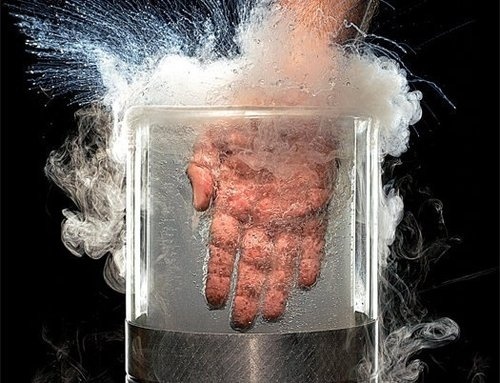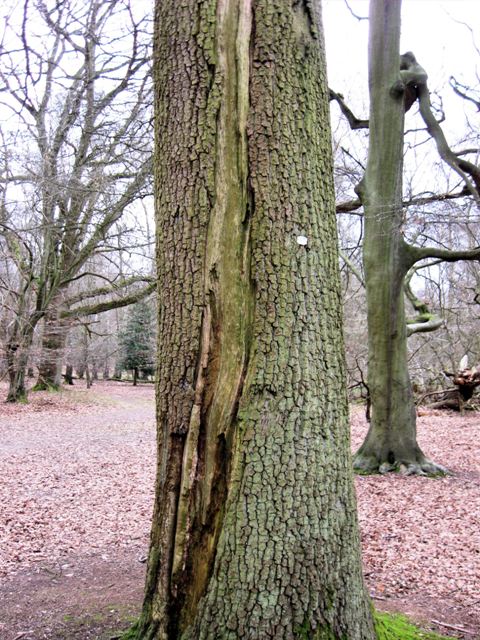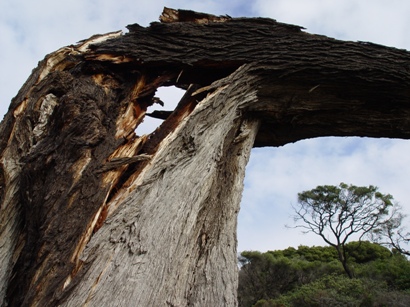
You are probably wondering why we are talking about the Leidenfrost Effect on the DeepRoot blog.

What I know: It’s raining, so the tree is wet — and water is a very good conductor, so electricity travels across the tree’s bark efficiently.
– The bolt strikes & travels down towards the earth (to ground the electricity), on the outside of the wet bark in a spiral pattern, at very high speed.
– The fluids in the xylem & phloem vessels beneath the bark boil & change states from a liquid to a gas.
– The gas expands rapidly & blows the bark off the tree in the pattern of the spiral.
– The electricity hits the ground & blows a large hole in the soil as it grounds itself in a solid. I have seen holes that needed 3 wheelbarrows full of soil to bring them back to surrounding soil elevation.

In cases where the tree is dry:
-The bolt strikes.
-Because of the lack of water & it’s excellent conducting qualities, the energy in the bolt travels much more slowly — but again in a spiral towards the ground.
– Most of the bolt’s energy is travelling directly into the tree. This effects a lot of more of the tree.
– As the fluids in the xylem & phloem vessels beneath the bark boil & change states from a liquid to a gas, the bark blows off; but now much, much more of the energy went into the tree. Therefore a lot more bark blows off.
– Damage can now be seen affecting the whole tree top, complete branches & very large parts of the trunk lose their bark & scorch marks can be seen on the outside of the heartwood.
– The hole at the base of the tree is not as large because the tree absorbed more of the energy rather than transferring it to the ground.
So Leidenfrost Effect – not in effect here with the trees. But totally cool to finally learn how a tree weathers the insanity of lightning.Thanks, Peter.





Leave Your Comment